"Physical Body: Invisible Stutter" is a photo series consisting of 10 images to bring the concept of stuttering as an invisible disability to light. Stuttering is a speech disorder involving the repetition and elongation of words, consonants, sounds and syllables. More than 70 million people worldwide stutter yet the stigma against stuttering and people who stutter is still prevalent across countries and cultures today.
Stuttering is at the intersection of words and the human body.
Throughout time, words have been used to bring people together in oral storytelling and in various mediums including books, plays and speeches. Likewise, the human body in different artistic forms can convey the inner depths of the human experience through dance, film, photography, sculpture and drawings.
The black and white photographs alongside written text provide a visual comparison of words as invisible speech and the physical human body. Words have the unique function of appearing visible to the eye as text while also heard, though unseen, when spoken out loud. For people who stutter, words can also be trapped within the human body.
The photographs were taken indoors in natural light and then produced in a black and white format to highlight the gray area between what is observed and what is hidden to the naked eye.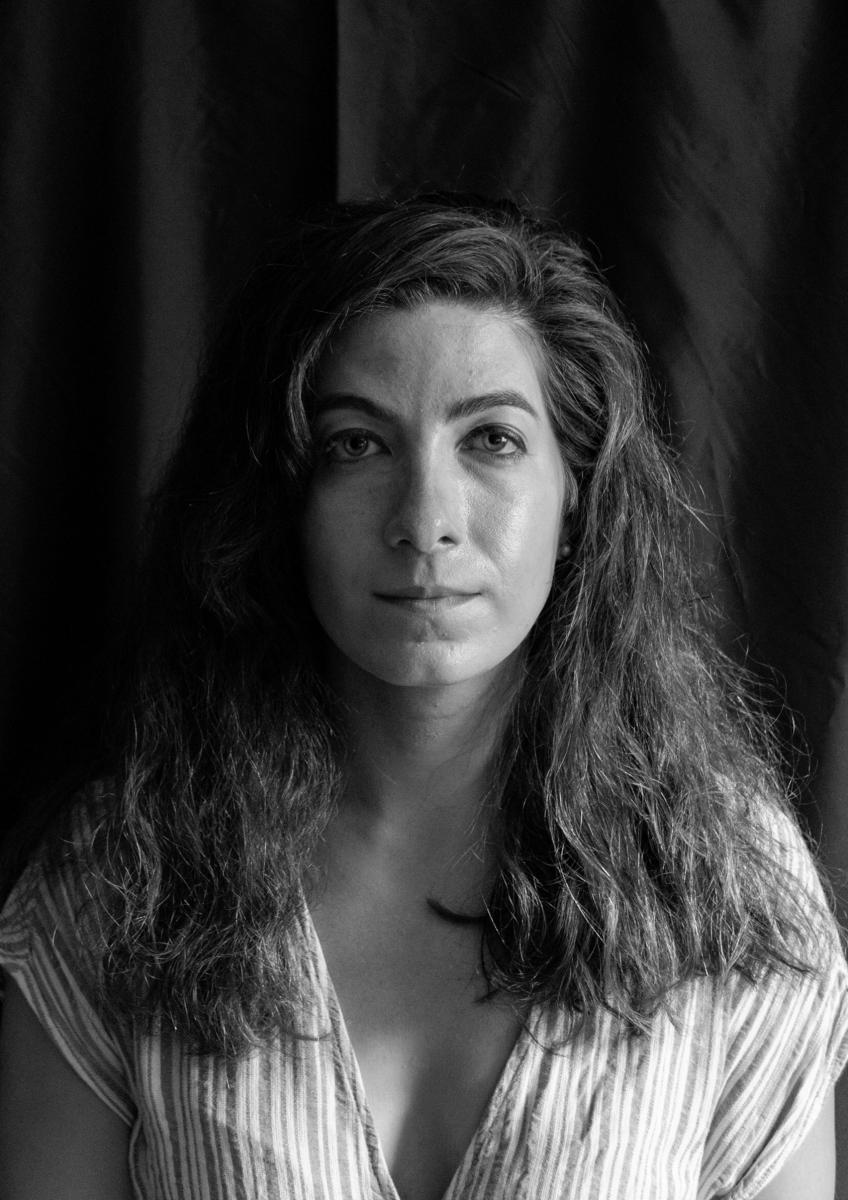
What Does Stuttering Actually Look Like?
What do I look like as a person who stutters? How do I look to someone else when in a conversation, and how do I look to myself? People are only aware of my stutter when I talk out loud. If I remained quiet, people would see my body but no one would know I stutter. As a person who stutters, I am always aware of how people react to my stutter in conversations. I notice when friends, family and acquaintances look away, fidget and simply have a vacant expression on their face. But how often am I aware of what I look like when stuttering? When speaking fluently? When I stutter, I tend to look away, I blink, I open and close my mouth and my thoughts race in my head. In figuring out what stuttering looks like physically, I also wonder what stuttering looks like from within. Where is this internal “block” preventing me from speaking and why can't I break it down?
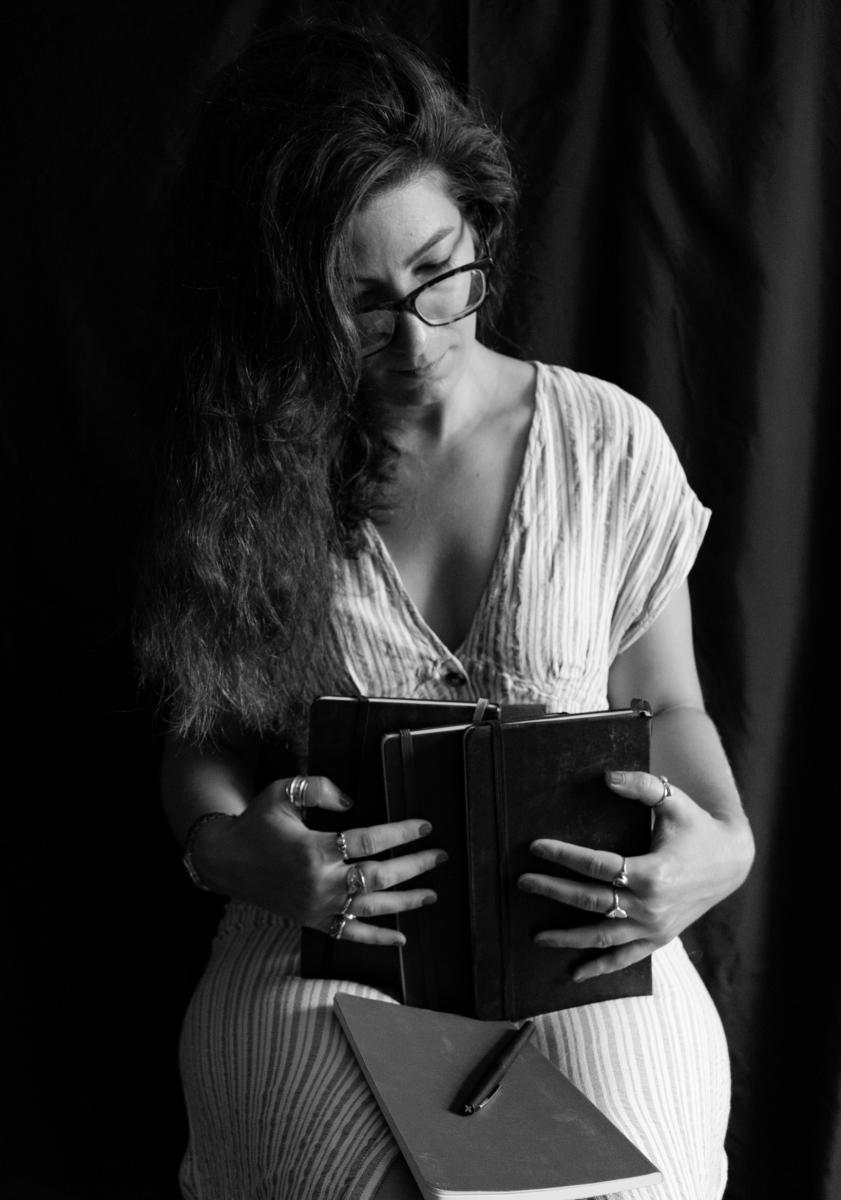
How Do I Write About Stuttering?
How can I convey what stuttering is like by writing words on paper or typing a computer without actually speaking out loud? How can I describe the emotions associated with what it's like to feel not in control of my speech? I've always loved writing and I've always loved the idea of thoughts emerging in physical form. I've found that the writer's block is similar to the stuttering block in that I cannot see either block but I have to work internally to push through both in order to communicate. In writing, I'm communicating with closed lips and allow my thoughts emerge in a different way. How can I accurately portray what stuttering is in my writing, not only in personal essays and my experience but in the fictional characters I write? Stuttering isn't only what is spoken out loud and it's not only the repeated letter in text. I've started writing about stuttering publicly in 2013 and in the five years since that point in time I'm still on this journey pursuing the written and unspoken word to describe what stuttering is like for me.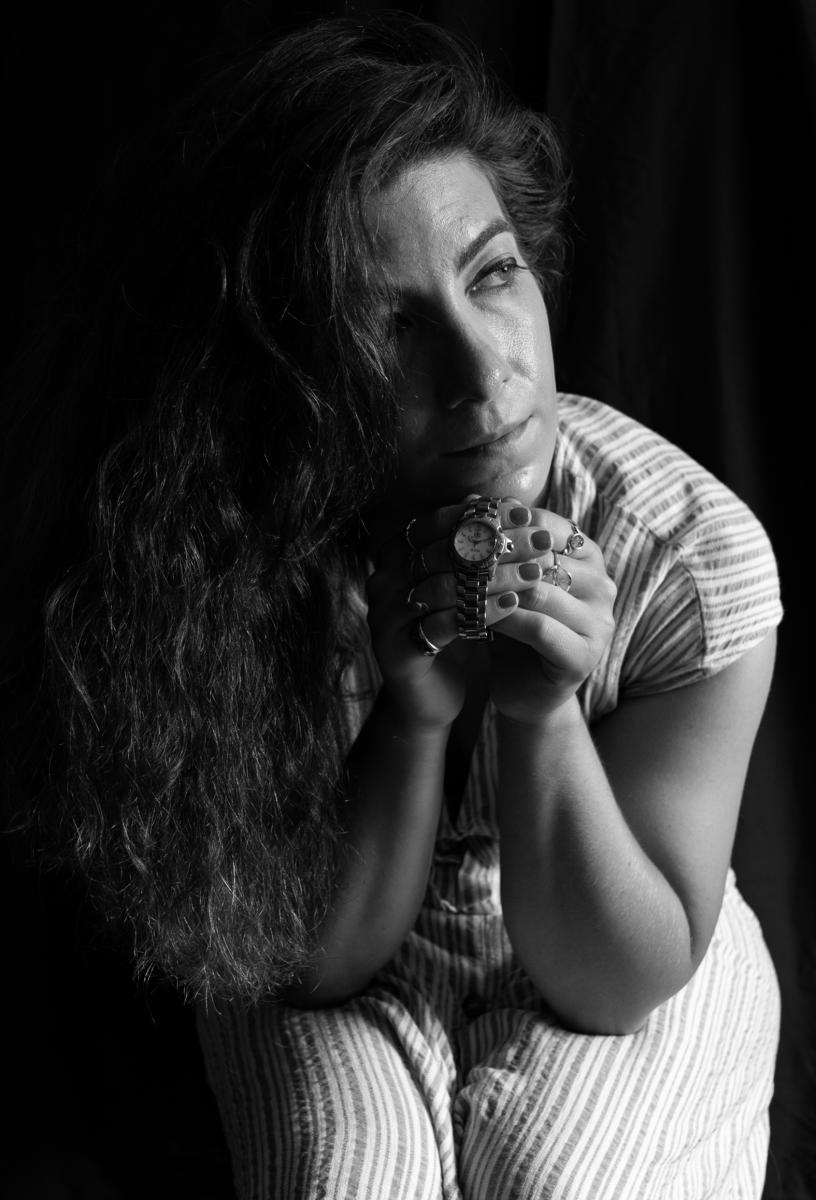
Do You Have The Time?
I'm always conscious of time in conversations. How much time does it take for me to speak my mind? How much time do I need to sit in silence before the word can come out fluently, or at all? How much time is someone willing to wait for me to speak? I've thought long and hard about time and what it means to "waste time." I wouldn't raise my hand in class or bring up a point in a work meeting because I worried about actually speaking my words out loud and how long that would take. Over the years, I've learned to be patient with myself. I've been striving toward clear speech when all along fluency is a rigged race. Why is fluency regarded as the appropriate way to speak and any other form of disfluency (stuttering or otherwise) actively discouraged? Stuttering requires patience. Do I have the time to speak my words? Yes, I have realized. Yes, I do.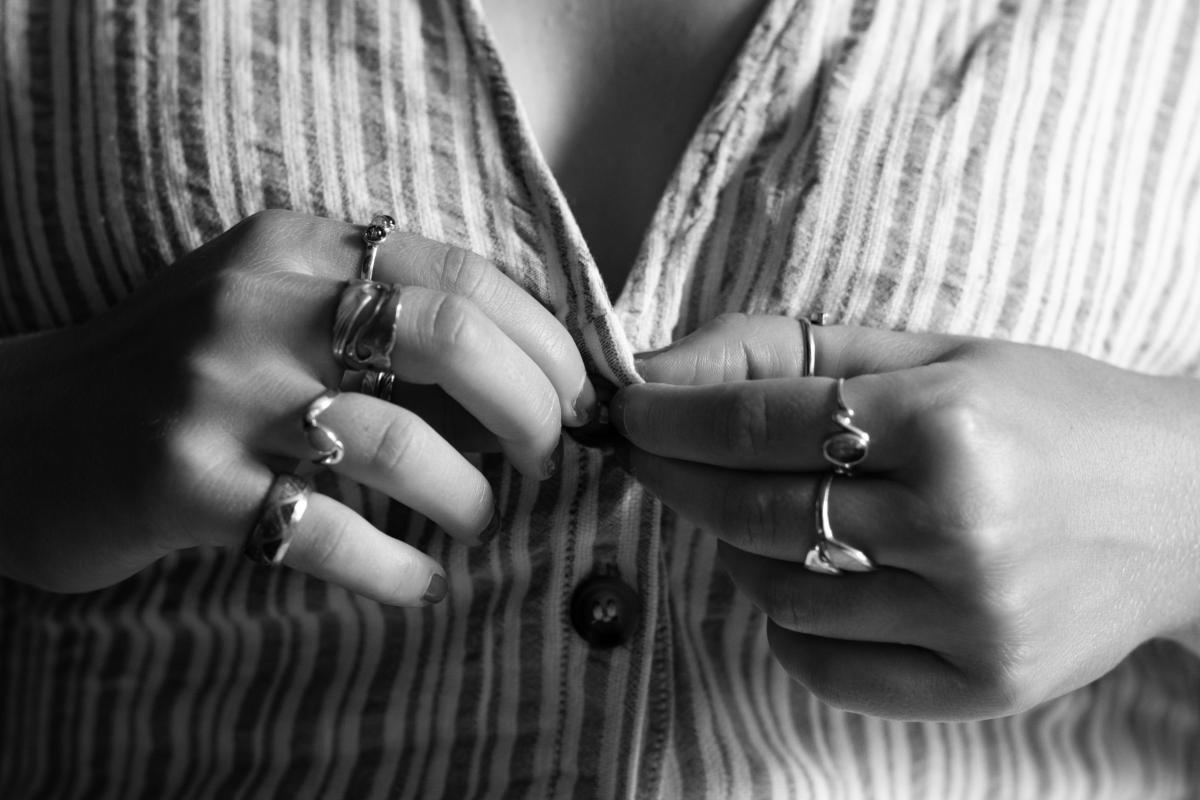
Can I Tell You Something? What Having A Stutter Is Like In Relationships.
I’ve spent most of my life avoiding the topic of stuttering. Growing up, I never spoke about disfluency with friends and family. I would never have dreamed to talk about stuttering to a romantic interest. Thankfully, I've been surrounded by people who are understanding when I talk about my stutter and that includes dates and significant romantic partners. I'm open about stuttering on social media, but I still worry about what they'll think. Does releasing my writing on social media replace talking about stuttering out loud? I used to never bring up stuttering when on a date but now I don't mind bringing the topic up in a conversation. I've realized that being more open about my stutter means I can be more open with dates -- and myself. I'm nervous about meeting someone who wouldn't be interested because of something inherent to who I am, but I've realized that my own thoughts are still very real and deserve to be heard... even if it may take a few more moments to be expressed.
Where Does The Stuttering Journey Begin And Where Does It End?
More than 70 million people worldwide stutter, and yet I still felt alone. I didn't become acquainted with other people who stutter until I attended the Stuttering Foundation's annual conference in spring of 2014. I didn't think having friends who stuttered was even an option until my mid-twenties when I attended my first stuttering conference in July 2018 filled with hundreds of attendees who stutter. At that conference, I heard people from all ages and backgrounds talk about their stutter and their experiences. I listened to their stories and those were some of the most important moment of my life. Stuttering is a personal journey that looks different to everyone.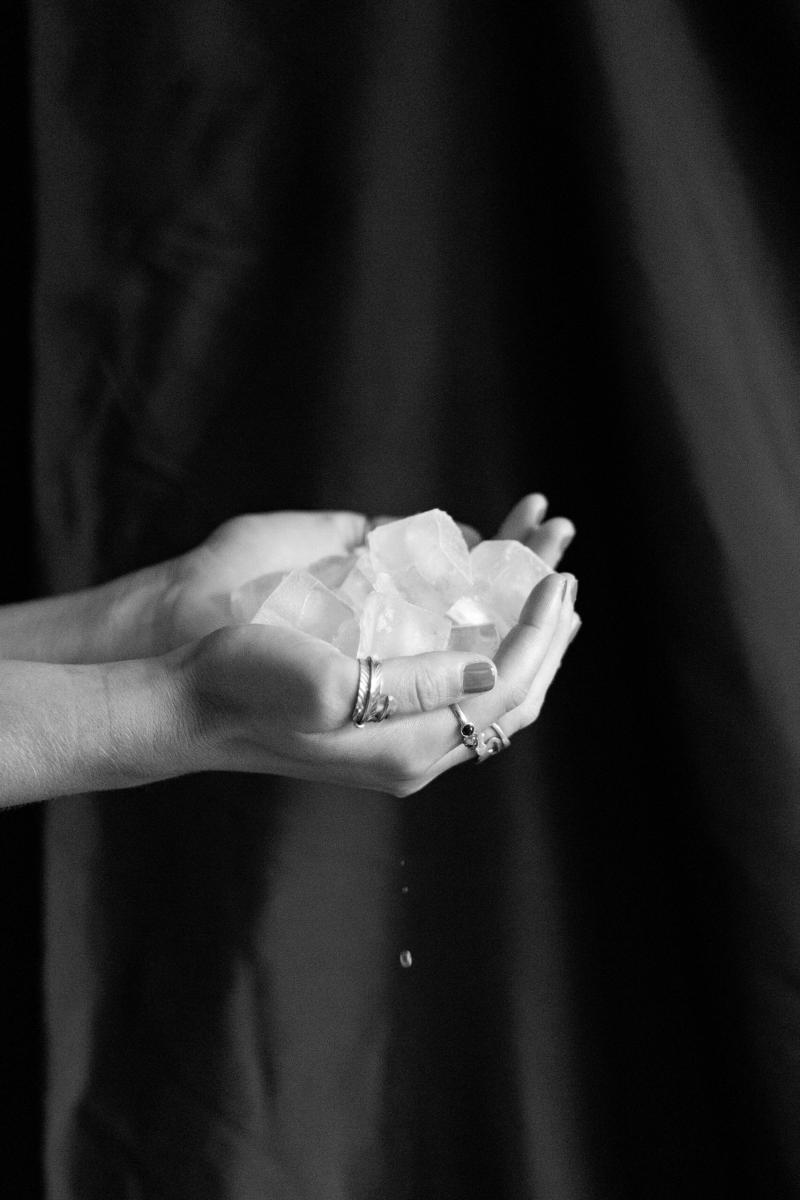
Can I Accept My Stutter?
I've held onto many negative thoughts about stuttering. As I learn more about myself and stuttering, I choose what to hold onto and what to release. The person I was when I first started stuttering as a child isn't the same person who I am now. I never would have reached out to the stuttering community when I was in middle school. I never would have talked to my friends about this aspect of myself which I have kept hidden for most of my life. I never would have openly talked about my stutter to anyone. And then, once I opened myself up to words on the page and to the people around me, I opened up as a person in every aspect of my life. Stuttering is often described as an iceberg. The top of the iceberg is what people actually hear and submerged beneath the surface are all of the emotional aspects of having a stutter. I'm still coming to terms with the inner depths of my stutter but I know that it's still a work in progress. Stuttering is, after all, a lifelong conversation.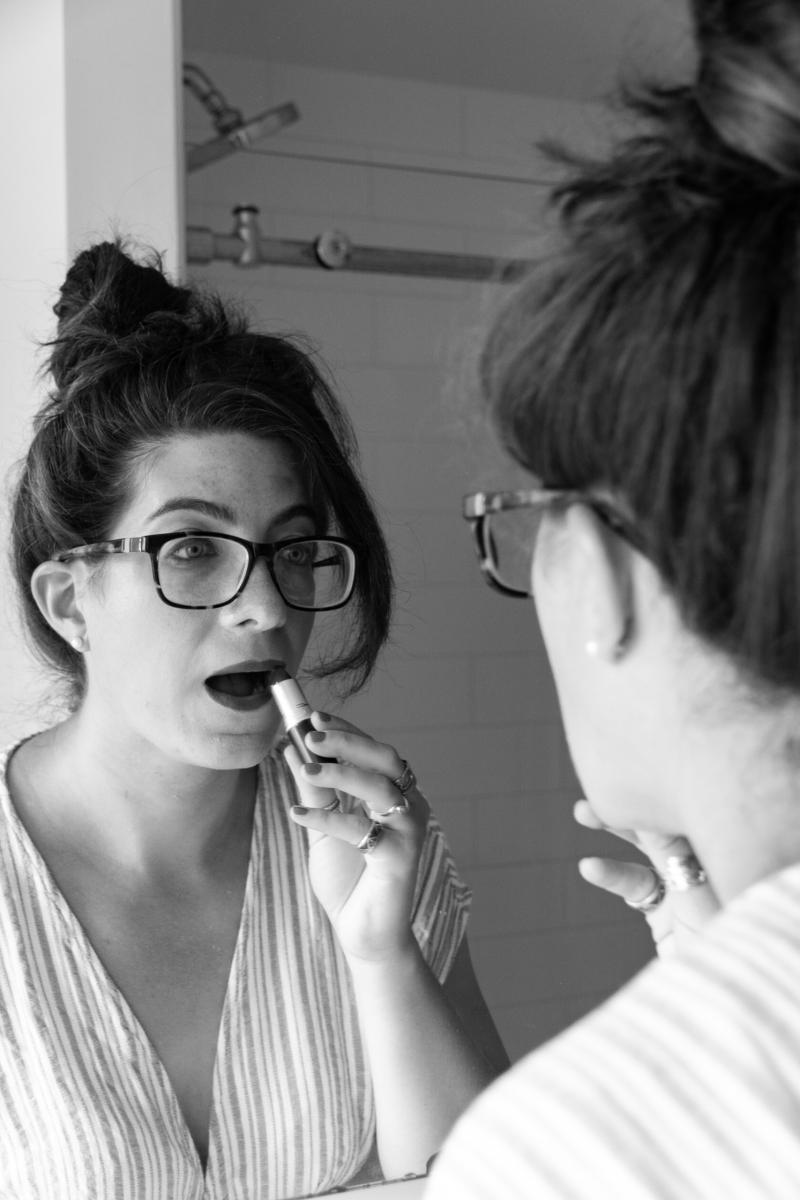
Is This Thing On?
Words are the method in which people communicate verbally, but what happens if those words in a conversation betray you? I've often thought that my words have betrayed me. I could hear what I want to say but because of the block which appears at random, I’ve been unable to say what I wanted to say. There's no movement I can make with my mouth that would magically stop my stutter and magically allow my words to pass. I don't have a key to a doorway that will allow my words safe passage. I do, however. have the ability to open my mouth, the entrance and closure of a spoken word. My mouth is the gateway to my thoughts, to my stutter, to who I am. I adorn my lips with lipstick but I cannot dress up my words in any specific way.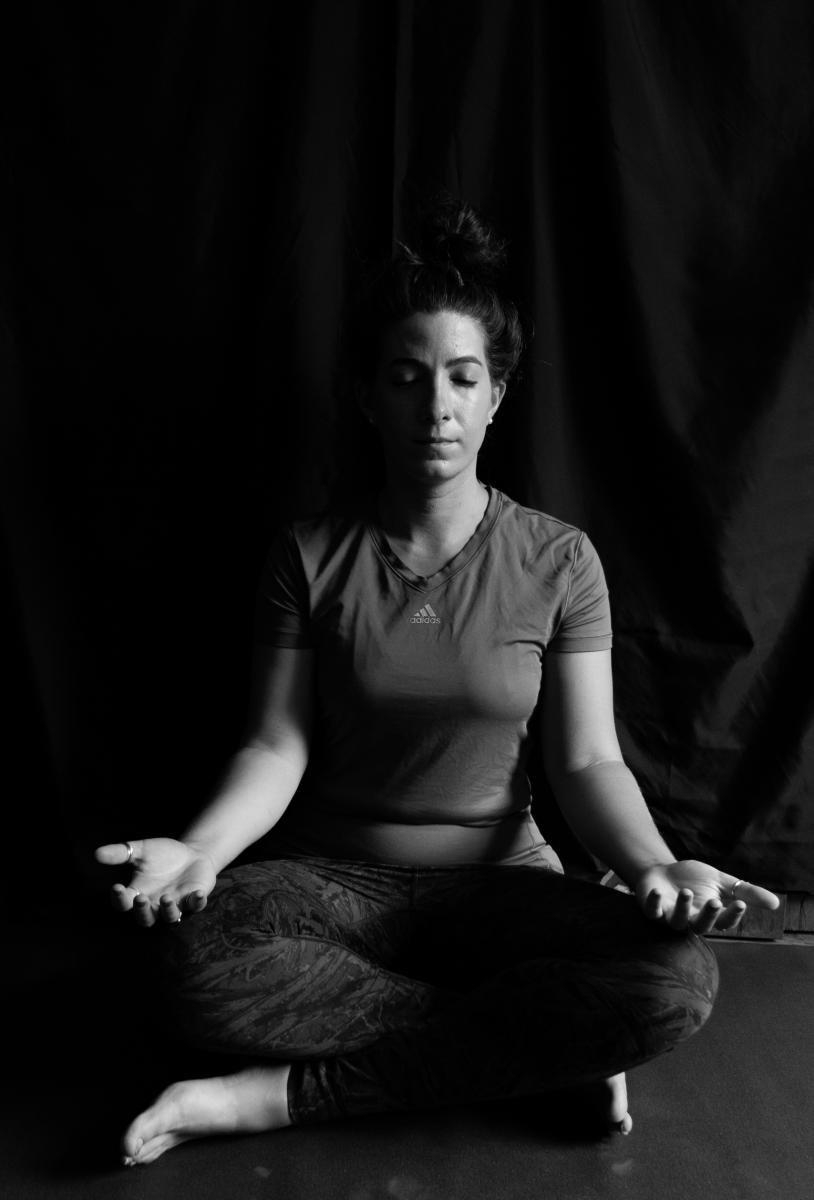
What's Buried Beneath The Surface?
I've stuttered ever since I was a child and have attended speech therapy through middle school. Every emotion I've ever had associated with stuttering I've internally locked away until my mid-twenties, when I first started writing about stuttering and being more open in conversations and more open with myself. I've attended various yoga classes over the years and when moving through different sequences, the yoga teachers always provide words of encouragement, confidence and comfort. They say to be aware of what emotions come to the surface. They say to be present. Finally, I'm allowing myself to see what rises to the surface. I'm allowing myself to come to terms with and understand the thoughts and emotions I didn't want to face all those years ago. In moving my body, I'm allowing what I've hidden away to rise to the surface in order to understand the thoughts moving within.
Am I Invisible In Conversations?
I live in a world populated by fluent people but my words belong to the world of stuttering. I always have words that want to spill out of my mouth in conversations, but sometimes the words emerge distorted. Sometimes, a vowel is elongated or a consonant has an extra syllable. Sometimes, when I am in a conversation, I don't say anything at all. I become invisible. My physical body is there, but because I am unable to say certain words or express certain thoughts, I wonder if I am even there at all in a conversation? The people in the conversation are unable to see my internal battle of forcing the words out until I begin to speak. My body is the vessel of my words and sometimes it breaks down before I am able to speak, leaving the words I want to say trapped within.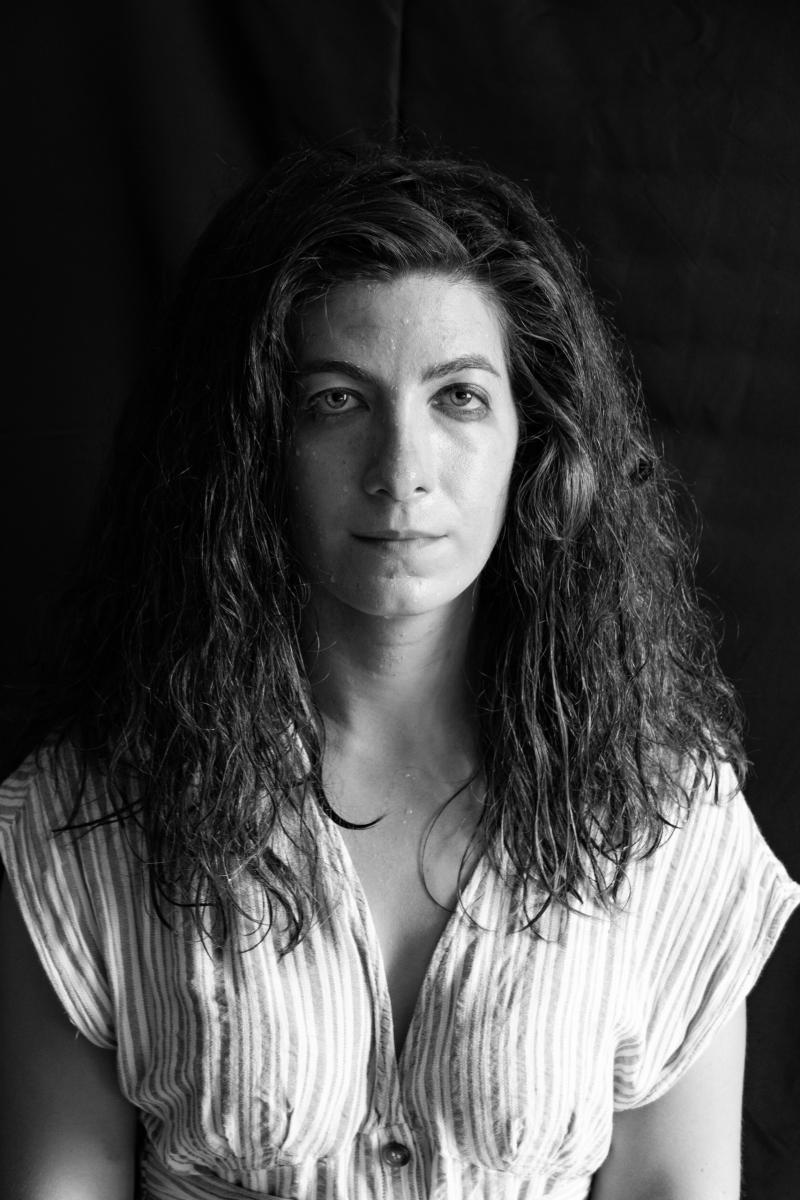
Is Showing Vulnerability A Weakness?
Authentic communication happens when internal barriers are broken down to allow the deeper emotions within expressed out into the world. It’s interesting to see how much connection happens when I allow myself to be vulnerable and let this part of myself out into the world. In talking to people who stutter about stuttering, I've found an inner confidence I never thought possible because I'm continually learning I'm not alone. I never have to be alone with my stutter again. In learning more about the stuttering community, I've learned to listen and how I can continue to, without shame, express my thoughts and ideas. In being vulnerable, I'm able to connect with people from all walks of life. In being vulnerable, I’m able to be who I am as a person. In being vulnerable, I've found strength.
Concept and text: Madeline Wahl
Photography: Zoë Lintzeris
Madeline Wahl is a freelance writer based in New York City. She writes about travel, lifestyle and stuttering. Her writing has appeared on HuffPost, where she was formerly an editor, Red Magazine, McSweeney's, Pink Pangea, The Mighty, Yahoo Lifestyle, among others. Her writing can be found on her website: madelinehwahl.com.
Zoë Lintzeris is a minimalist artist using photography and canvas for visual storytelling. She focuses on documentary and conceptual photo projects, and accepts commissions. Having worked in journalism and traveling across continents, her work explores the human condition and the emotional psyche within urbanism and rural environments. Her imagery skews monochromatic — focusing on love, loss, and resistance — and only makes use of natural light. She has been showcased on feature shoot and published in Silk Road Review, and has shot for 500px and a variety of artists and creative entrepreneurs. Her work resides in private collections throughout the United States, and has been exhibited in group and solo installations throughout New York. She is an active member of the Freelancers Union and supporter of Americans for the Arts. Zoë creates and resides in Brooklyn, and still thrives on BBC News and drinking tea.
Posted Dec. 6, 2019






 Podcast
Podcast Sign Up
Sign Up Virtual Learning
Virtual Learning Online CEUs
Online CEUs Streaming Video Library
Streaming Video Library